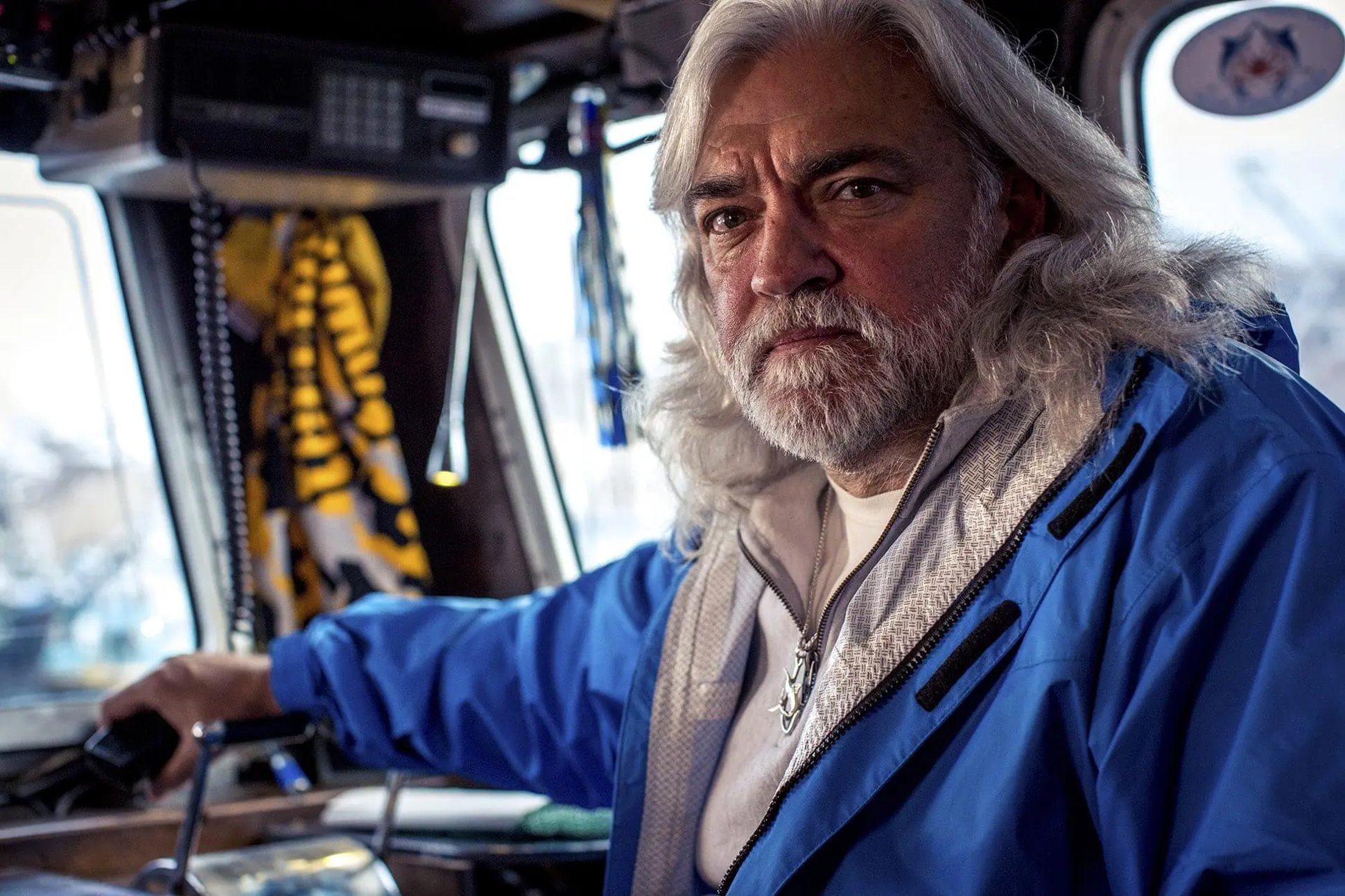PHOTOS COURTESY OF THE DISCOVERY CHANNEL
It’s easy to pick out which captain on the Discovery TV series Deadliest Catch is called “Wild Bill.” He’s the one with the long, silver hair and giant-sized personality, barking orders from the wheelhouse, a Navy veteran and a towering presence among the select group of fishermen in one of the most dangerous jobs in the world.
“Wild Bill” Wichrowski is the boss of the crew of the F/V Summer Bay as they depart from the port of Dutch Harbor, Alaska to challenge the weather and the waters, enduring isolation and sleep deprivation amid the hazardous seas and violent weather as they quest for king crab and snow crab in the Bering Sea.

The job is for tough people, and “Wild Bill” is one of the toughest. “I’ve been doing this for 40-something years. We don’t have time to go through all the craziness I’ve seen,” Wichrowski says.
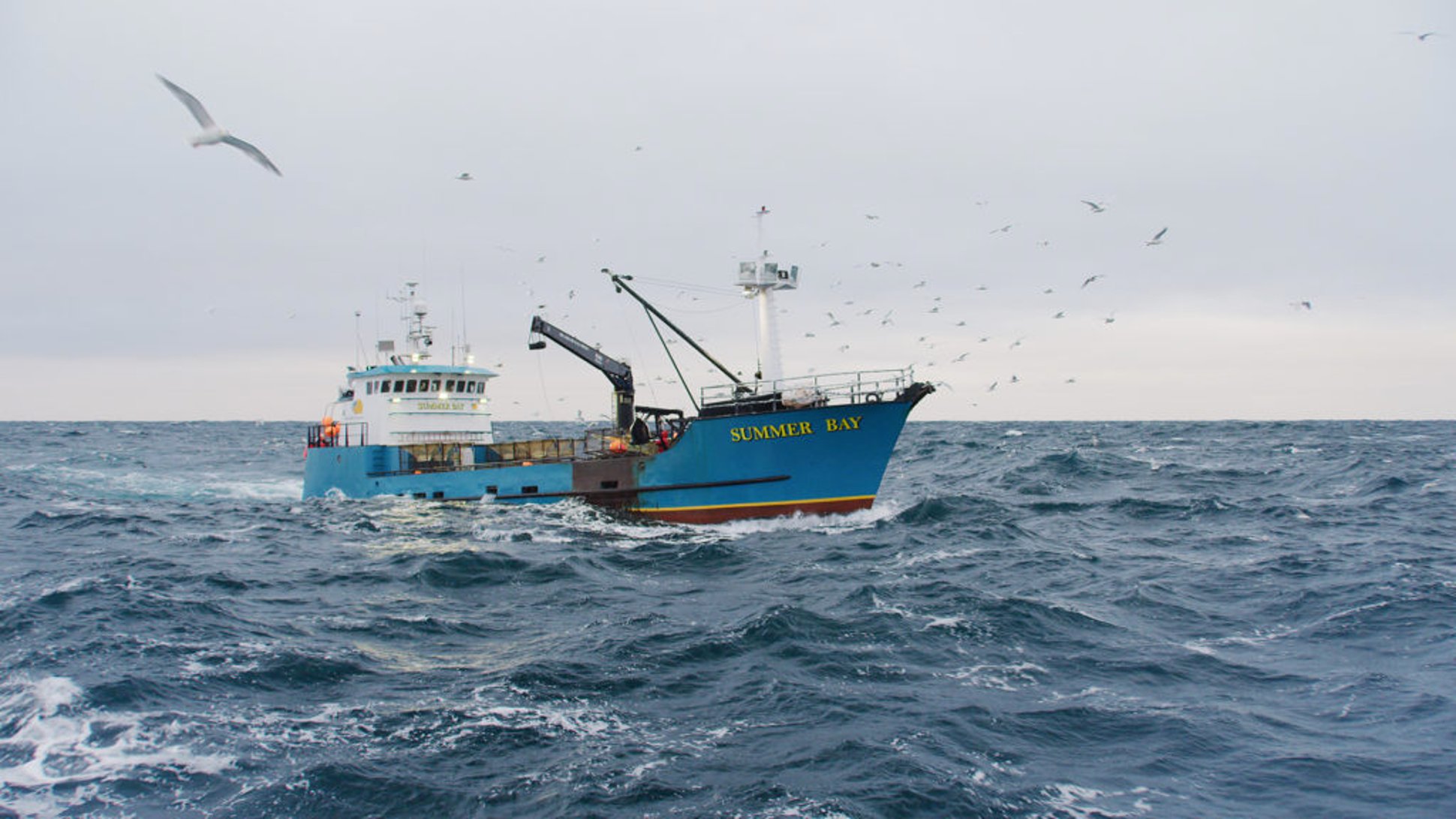
Crab fishing is ranked as one of the most dangerous jobs anywhere in the world, with a fatality rate more than 23 times that of other workers, 75 percent higher than pilots, flight engineers, and loggers. Fishermen face 40-foot waves, below-40 degrees Fahrenheit temperatures, and lungs freezing when they take breaths. It’s reported that more than 90 percent of bodies who fall overboard are never recovered.
CAPTURING THE CATCH
Since 2005, Deadliest Catch has placed viewers right on the boats, with first-person perspectives as the crews take on all those challenges.
Teamwork is key when the crew is out on the water. “You have a bunch of guys that are pretty strong personalities, or they wouldn’t do it. It’s hard – you have to push them to a certain limit and not break them, physically and mentally,” says Wichrowski, who joined the show in 2010.
“You rely on your guys so much. I have a core group of guys that are fantastic.”
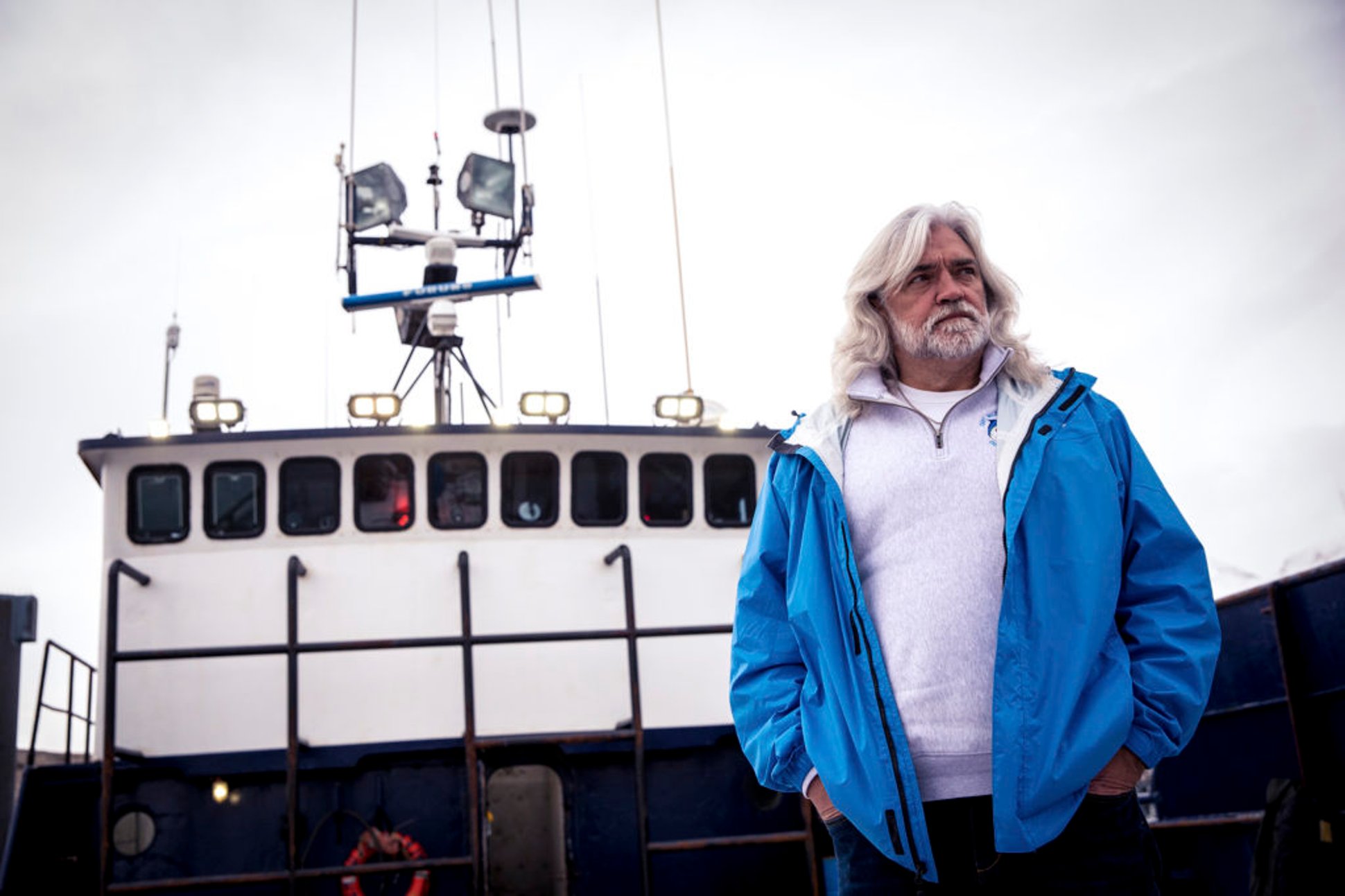
Two TV crew members live on each boat that the show profiles, using handheld HDV cameras to shoot on the main deck and the wheelhouse. Four stationary cameras are permanently mounted on the ship; they are constantly recording. The crew also uses footage from helicopters and underwater cameras, as well as divers near the boats – including one on the bottom of Dutch Harbor as the fleet departs. They face more dangers than a usual documentary crew, from the weather to 800-pound flying pots.
LEAD DOG
“Wild Bill” has been working at sea since 1975; in fact, outside of parking cars in his youth, all of his jobs have been on the ocean.
“My crew says a ‘Wild Bill’ day is 32 hours,” Wichrowski says, pointing out that a ship captain has to be equal parts psychiatrist, physician, planner, and navigator.
However, he says the show might give some viewers an unrealistic view of life on the Bering Sea. “One thing the show does is it makes everyone sitting on their couch think they’re a crab fisherman. Everybody says, ‘Oh, I can do that.’ And they tell you what you’re doing wrong. They’ve never been on a lake and they’re telling you how you’re running your boat wrong.
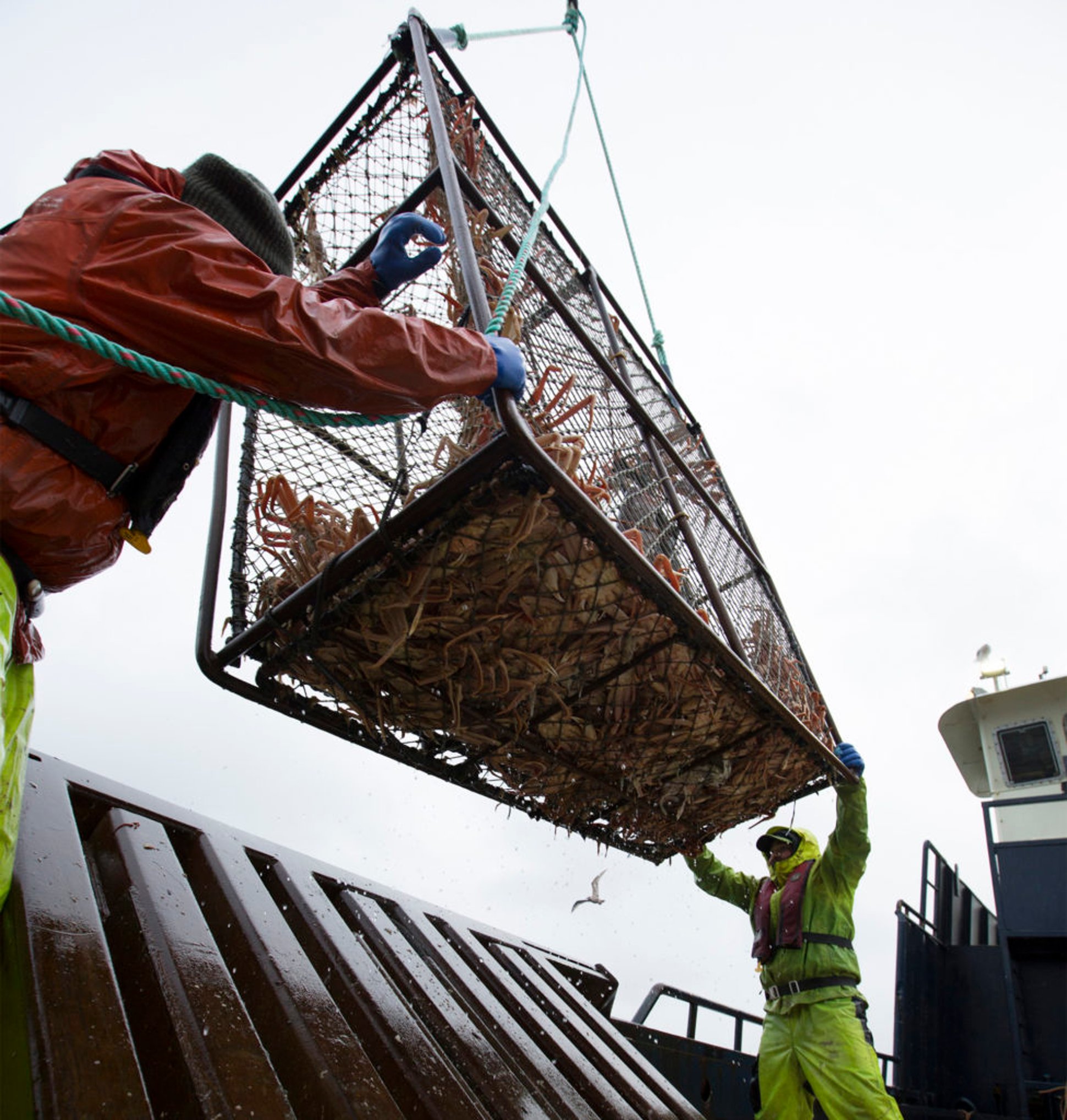
“A lot of people think that crab fishing is like Disneyland. If you’re taller than Goofy, you’re going to come up and do it for a season. Those ain’t the people we need.
“It’s not glamorous at all,” Wichrowski says.
DUTCH HARBOR, ALASKA
Typical trips for Wichrowski and crew on the Summer Bay (a 196-gross ton, 32-meter-by-8-meter fishing vessel built in 1981) are a seven- to ten-day endurance test, with a few short breaks in between.
The crew spends five or six months on the Summer Bay during the fishing season, out of their home port of Dutch Harbor, one of the world’s most famous fishing ports and the United States’ number-one port in terms of volume for nearly 20 years in a row. The port and its surrounding community sit right where the North Pacific and Bering Sea fisheries intersect.
Crab fishing began there in 1961, but Dutch Harbor held a notable spot in naval history before that. During World War II, the port was the site of a U.S. naval base, and on June 3, 1942, Japan launched an aircraft attack on the area, marking the first air attack on the continental U.S. by an agent of a foreign power.
With a population of nearly 4,800, the port is nearly 900 miles southwest of Anchorage amid the rugged, windy, treeless Aleutian Islands.
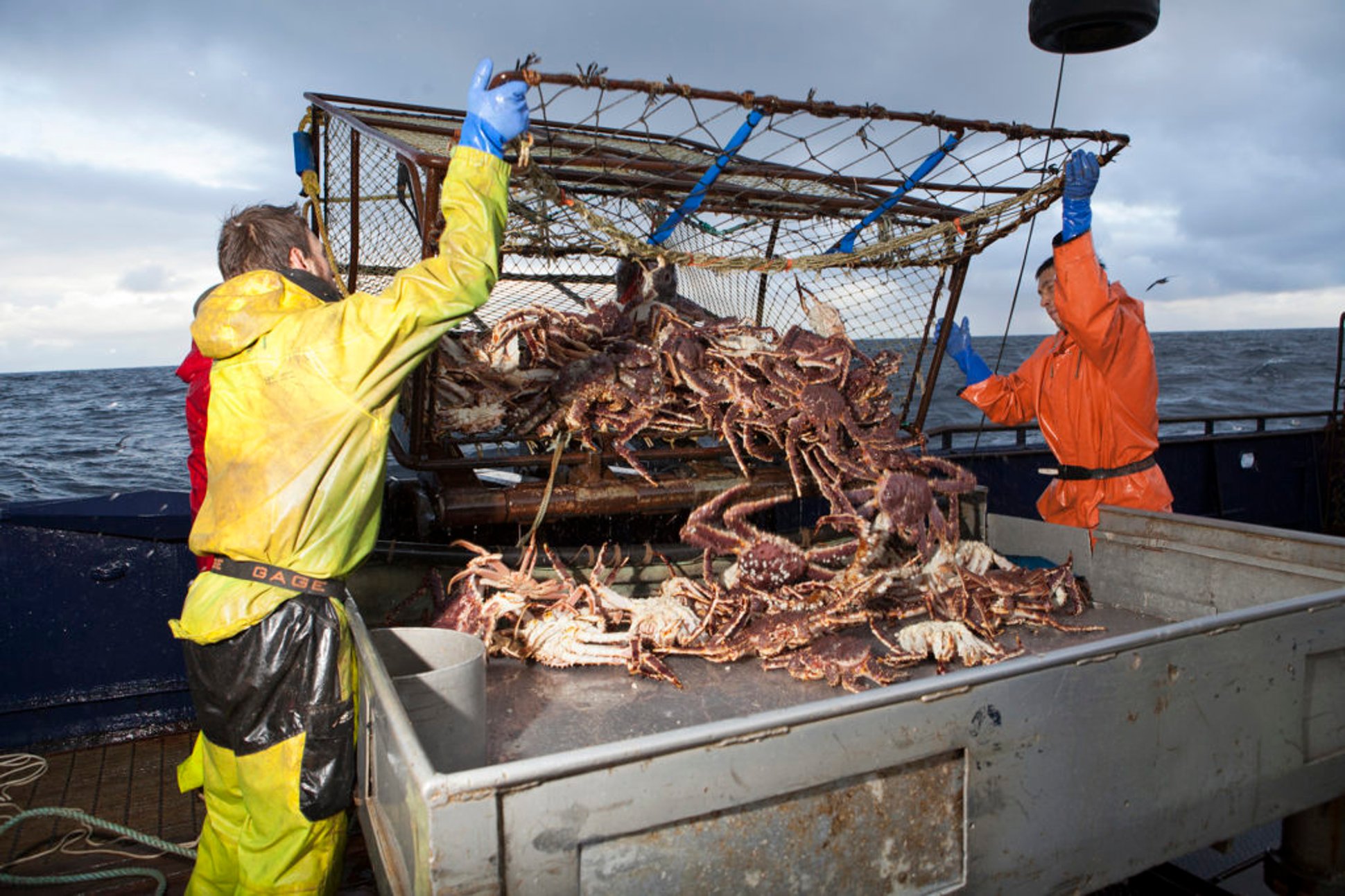
HISTORY OF THE INDUSTRY
Japan began crab fishing in Alaska commercially in the 1940s, but U.S. state management of the fishing began in 1959 when Alaska achieved statehood. The industry’s all-time peak was hit in 1981, when more than 200 million pounds of king crab was landed. In 2005, a crab rationalization plan was put in place, giving established crews quotas but more time to hit their numbers.
Alaskan crab fishing’s most popular months are between October and January, with seasons lasting between two to four weeks. Fishermen use box-shaped, steel-framed traps called pots that weigh between 600 and 800 pounds. The pots – a ship can carry between 150 and 300 – are dropped to the sea floor in a straight line and marked with buoys. Fish such as herring and cod are used as bait for the crab. Hydraulic winches retrieve the pots, then the crews sort them out.
Crab are stored live in a tank until the boat returns to shore, where the crab are sold. But until then, it’s a race against time, weather, and sometimes the crab themselves. If the temperature is too cold, crabs could freeze and burst, while if crabs are left in the tank too long, they can go cannibal on each other. Dead crabs can release toxins that poison and kill other crabs. If the crew doesn’t remove the dead ones, the crab corpses can poison an entire catch.
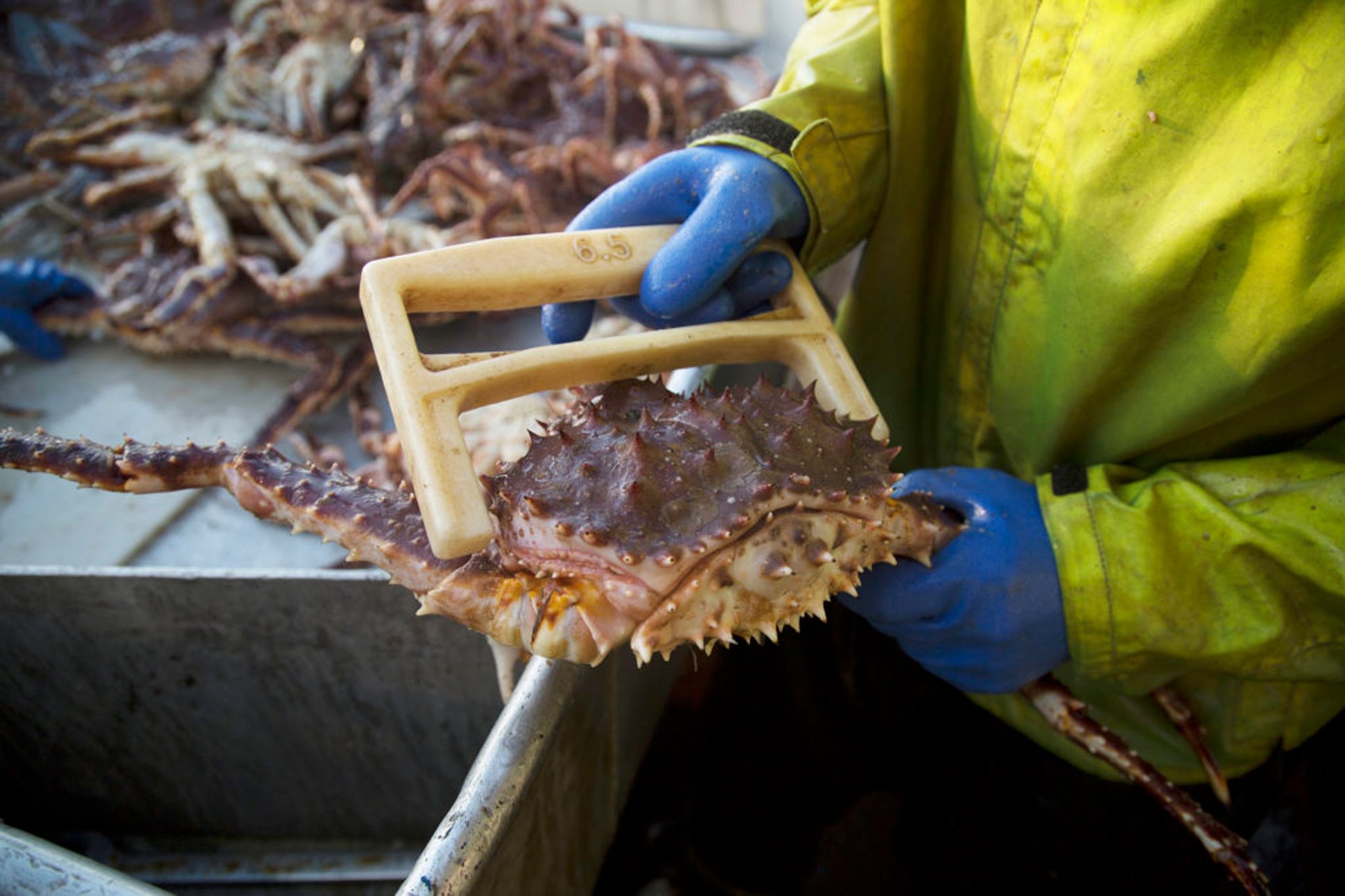
THE OFF-SEASON
For 27 years, Wichrowski’s off-season home has been quite the opposite of Dutch Harbor, where the average temperature is in the 40s and it rarely gets above 63 degrees. In Sonora, Mexico, it rarely gets below 63. He doesn’t spend a lot of time at home, however – in 2019, his TV stardom took him to engagements, appearances, and fishing tournaments in 50 cities.
When the quota is caught and the boat is put away, “Wild Bill” gets to see the world and maybe along the way make an impact on some people’s lives.
When he began working on the show, a Discovery executive told Wichrowski that he could use his status to make a difference.
“They said, ‘You may not be ultra-wealthy, but you’re going to have a voice that people will listen to,’ and it’s absolutely true,” Wichrowski says.
For years, one of Wichrowski’s favorite events has been sportfishing with wounded veterans.
“These guys, they’ve been through hell. To see the joy in their eyes when they’re out on the boat. It’s a brief release from what they’ve been through. You definitely give them a little taste of excitement. It’s nice to honor our vets. They put it on the line for us, and we should say thanks.
“When I’m not on the boat, I’m utilizing this little bit of notoriety to the best I can,” Wichrowski says.
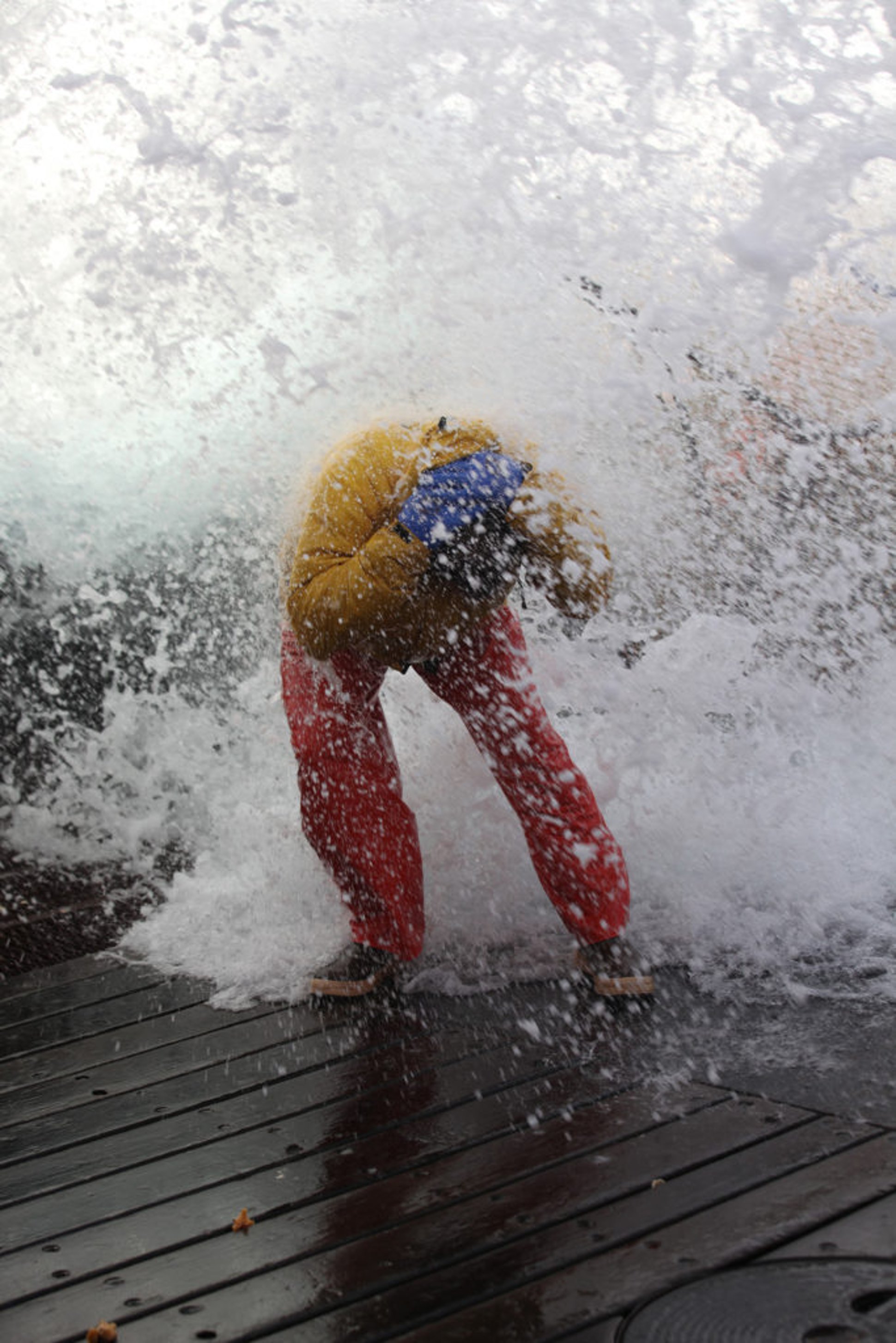
TASTIEST CATCH
Some might believe that a person who fishes for crab all day would not be fond of the delicacy. Wichrowski, however, is quick to put that notion to rest.
“I love it,” Wichrowski says.
Crabs are similar to people who enjoy crab – they’re particular about what they eat. “They are very picky. If you have rotten or bad bait, they won’t eat it. That in itself tells you why they taste good. You pretty much are what you eat,” Wichrowski says with a chuckle.
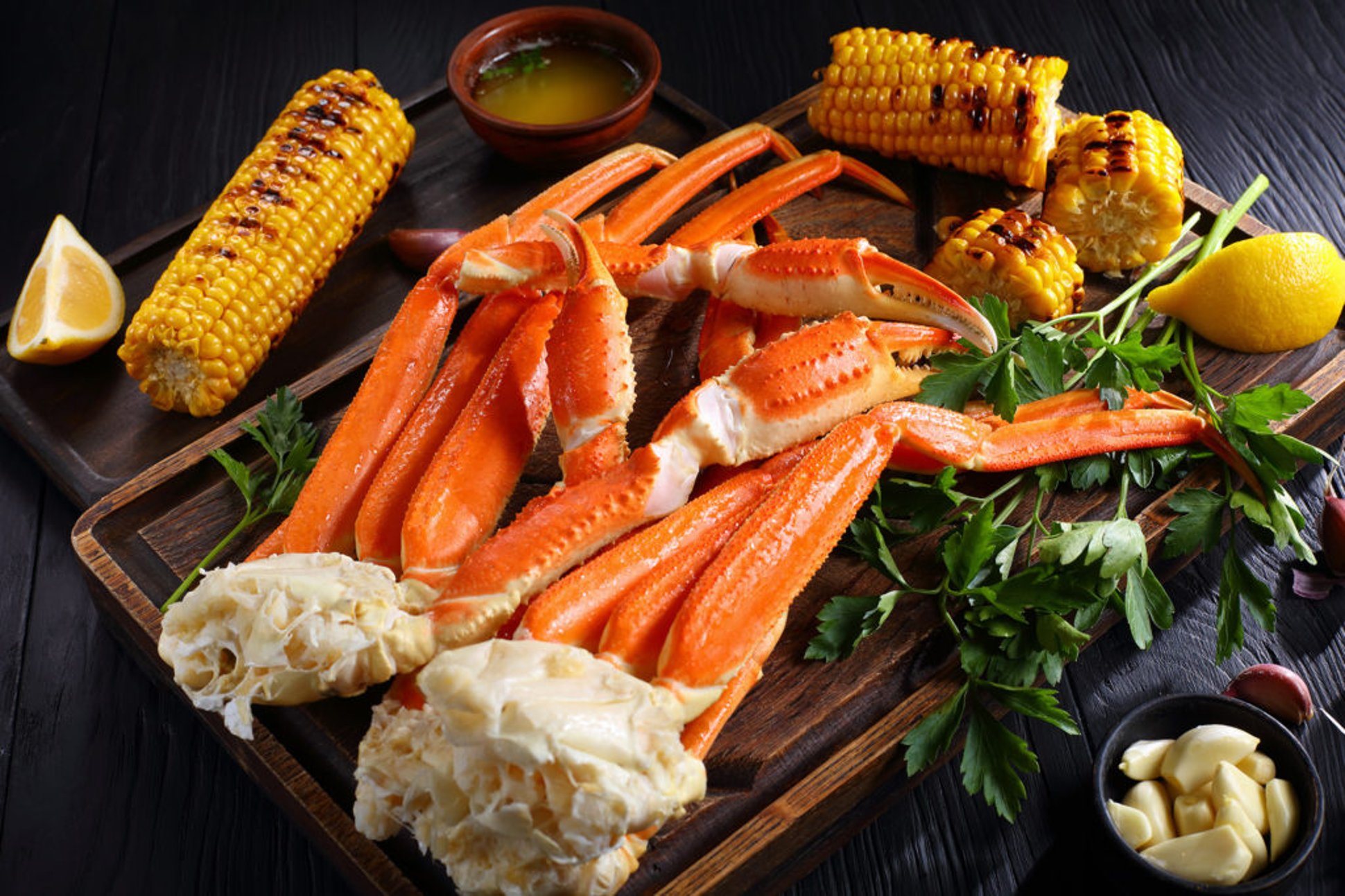
Preparing crab (pullout crab recipe)
The best way to prepare crab, according to “Wild Bill,” is to keep it simple, to allow the natural flavors to stand out. “If you really have a nice quality section of king crab, the best way to do it is in a rolling sea-salt water. Just in and out of the sea salt, put a little warmth back in it. I don’t even like to use butter on it. Crab has the flavor. If you’re putting a bunch of sauce and stuff on it, you’re covering it up, like putting a bowtie on a pig, if you ask me.”
